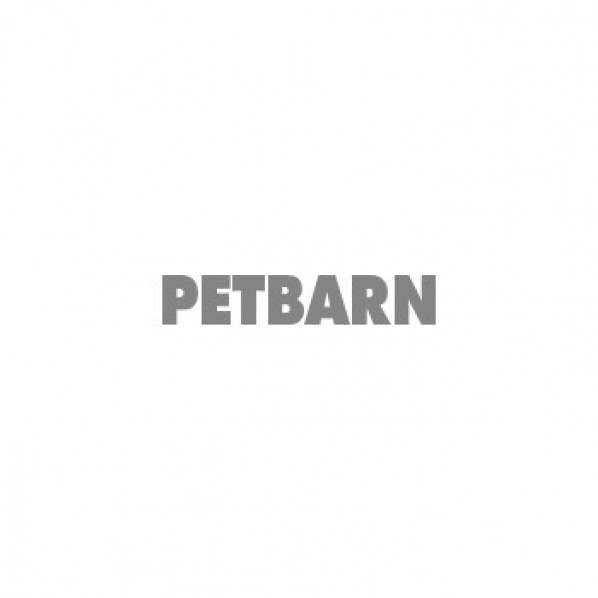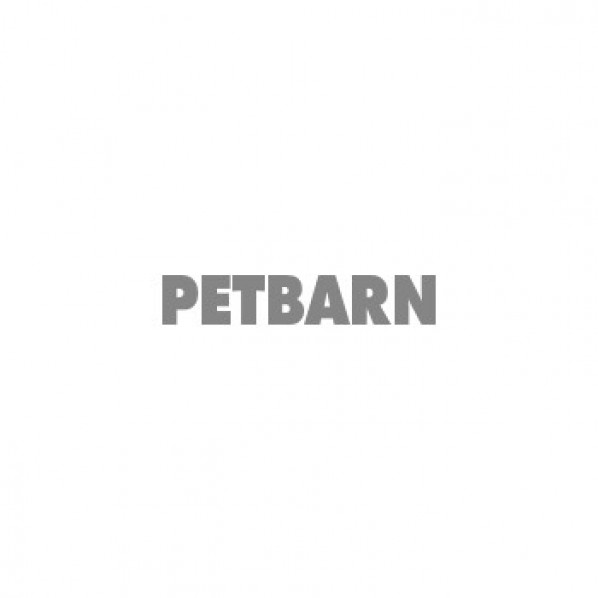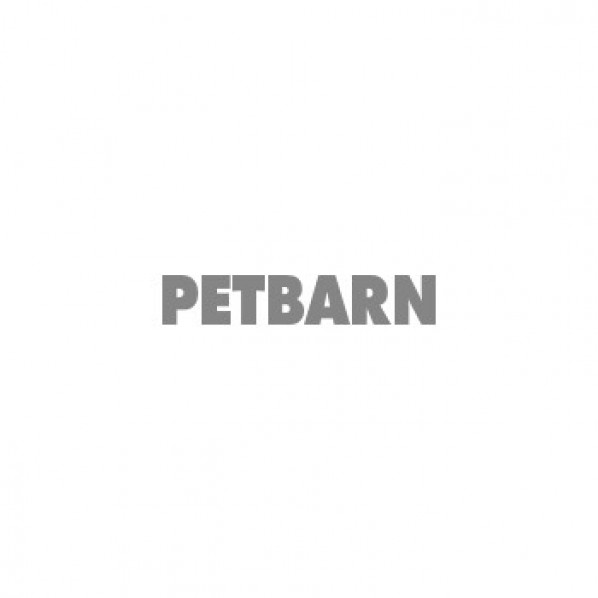If you’ve been wondering if you can feed your dog raw food, the answer is yes! Here are some of the benefits of feeding raw food to dogs.

What is raw dog food?
A raw food diet closely resembles the diet your dog’s ancestors would have eaten. It prioritises natural ingredients and a balance of vitamins and minerals to deliver what your dog needs from their diet. As the ingredients remain in their raw state, raw dog food doesn’t lose the enzymes and vitamins through cooking. In addition, the formulation skips the preservatives that can be found in non-raw foods.
Here’s what a typical raw diet includes:
- Muscle meat adds good quality natural protein, fat, vitamins and minerals to your pet’s diet; bones, ground for calcium
- Natural vitamins and minerals found in livers and kidneys for multivitamins, plus offal is packed with key nutrients, including amino acids, B-complex vitamins, vitamins D, E, and K2. It also provides trace minerals including chromium, copper, and zinc
- Raw eggs, which contain vitamins and omega 3, are a source of amino acids and rich in fatty acids, iron, vitamin A, and other nutrients and minerals
- Fruit and vegetables for vitamins and fibre
What are the benefits of feeding raw food to dogs?
If you’re a stickler for health and want to know the ins and outs of your pet’s food, perhaps raw dog food is for you. One of the great things about this type of dog food is that it’s completely natural, with no artificial additives. Most formulations are also grain free.
Due to the formulation that includes fruits and veggies, your dog will enjoy the benefits of fibre, vitamins and minerals as well as antioxidants. There are some benefits to making the switch to raw food, such as:
- The diet resembles what they would have in the wild
- No artificial flavours or colours
- No artificial additives
- A strong immune system due to antioxidants
- Practical alternative to feeding conventional pet foods
- Can compliment feeding conventional pet foods
How do I prepare raw dog food, and what are the potential health risks?
It’s important for the safety of you and your pet that you know that raw dog food requires a little more prep than wet or dry pet foods on the market. You’ll need to defrost the food prior to feeding it to your dog by leaving it in the refrigerator overnight. It’s easy once you get into the rhythm – you feed one, then defrost one at the same time.
It’s also important that you handle the raw food with the same safety and hygiene precautions you use when handling raw meat for yourself. This includes wearing gloves, washing your hands thoroughly after handling and cleaning and disinfecting all surfaces and objects that come into contact with the food. It’s also important that you discard any uneaten raw food and that you do not use the same utensils as you would for yourself. It is not recommended that pregnant women, the elderly or those that have compromised immune systems handle raw food without gloves.
Conclusion
Feeding raw diets does not come without some degree of risk. Ensure these foods are not prepared using the same boards and cutlery that humans have been using. There is an increased risk of parasitic and bacterial disease for humans as well as for both dogs and cats fed raw diets. Please reach out to your local Greencross Vets for more health information regarding feeding your pet raw food.
If you need any additional help finding the right food for your dog, feel free to speak to a friendly Petbarn team member.





